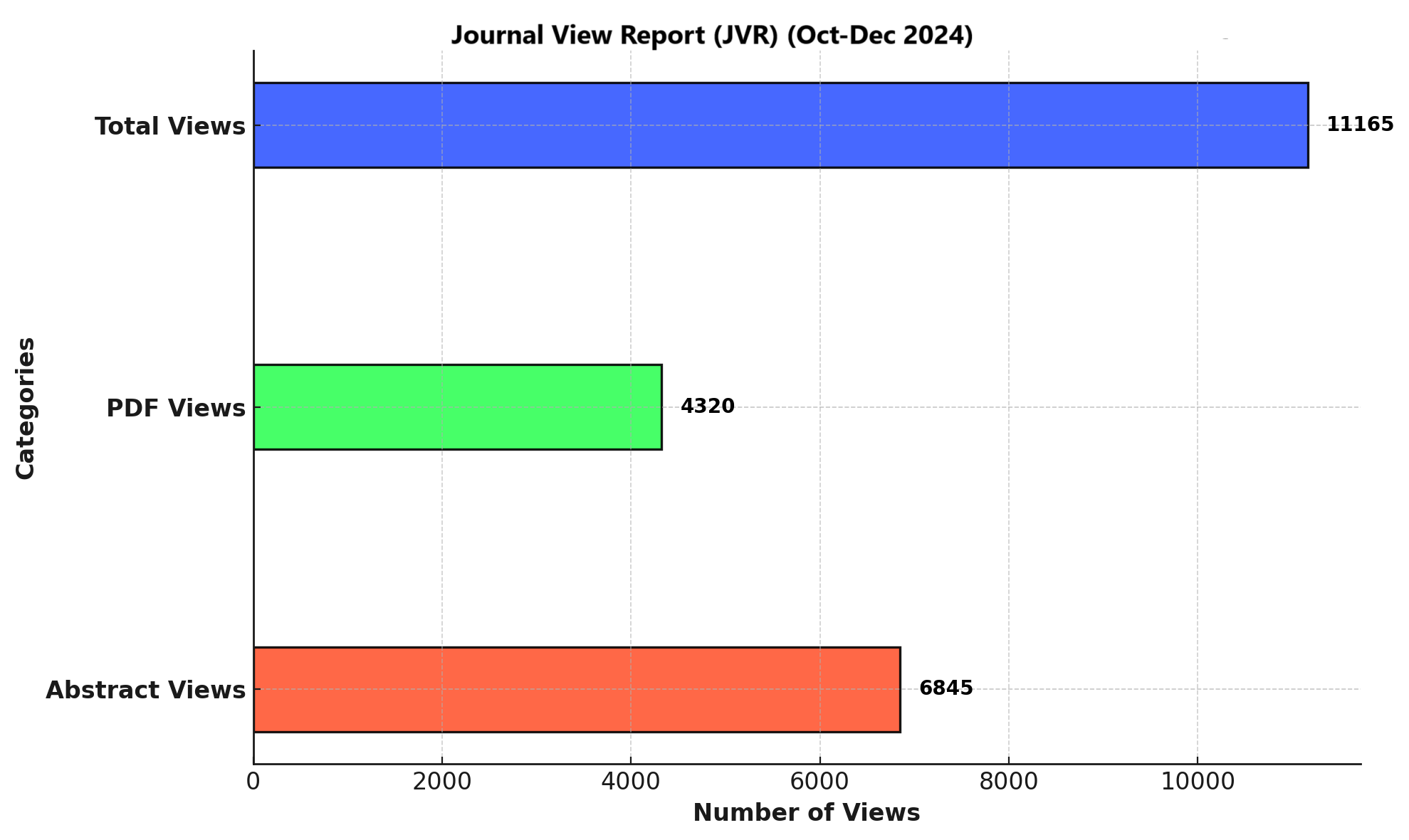URDU VERSION OF STROKE IMPACT SCALE (PROXY VERSION), VALIDITY AND RELIABILITY STUDY
DOI:
https://doi.org/10.71000/j7zg1r61Keywords:
Activities of Daily Living, Psychometrics, Proxy, Reliability, Stroke, Stroke Rehabilitation, Validation StudyAbstract
Background: Disease-specific outcome measures are increasingly used in clinical and research settings to evaluate health-related quality of life in specific populations. The Stroke Impact Scale (SIS) is a widely recognized tool for assessing the impact of stroke on patients’ daily functioning. Initially developed in English, the SIS has been translated into several languages worldwide. However, no validated Urdu version currently exists for use in Pakistan, where Urdu is the national language and stroke prevalence is steadily increasing.
Objective: To translate the Stroke Impact Scale (proxy version) into Urdu and to determine its validity and reliability among Pakistani stroke patients.
Methods:This descriptive tool translation study was conducted in two phases. In Phase 1, the SIS-proxy was forward-translated into Urdu and then back-translated into English, following the World Health Organization (WHO) translation and adaptation guidelines. Expert consensus was used to finalize the culturally adapted version. In Phase 2, psychometric testing was conducted on a sample of 200 stroke patients. Test-retest reliability was assessed by administering SIS-U twice to 50 participants with a 3-day interval. Construct validity was examined by correlating SIS-U with the Barthel Index. Internal consistency was determined using Cronbach’s alpha, while exploratory factor analysis identified underlying domains based on Eigenvalues >1. Floor and ceiling effects were also evaluated.
Results: The Urdu version of SIS demonstrated excellent test-retest reliability with an ICC value of 0.892 and strong construct validity through a significant correlation with the Barthel Index (r = 0.88, p = 0.000). Internal consistency was high, with a Cronbach’s alpha of 0.892. Factor analysis extracted seven components explaining 82.25% cumulative variance. No floor or ceiling effects were observed in the total score distribution.
Conclusion: The Urdu version of the Stroke Impact Scale (proxy) is a valid and reliable instrument for evaluating the impact of stroke on daily activities in Pakistani patients, and is recommended for use in both clinical and research settings.
Downloads
Published
Issue
Section
License
Copyright (c) 2025 Dania Junaid, Nafeesa Ishfaq, M Behzad Ali, Aqsa Lakhani, Iqra Khan, Zonera Khalid, Muhammad Waqas, Sana Muneeb (Author)

This work is licensed under a Creative Commons Attribution-NonCommercial-NoDerivatives 4.0 International License.







